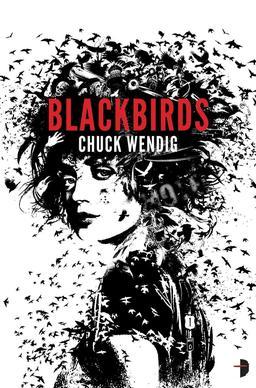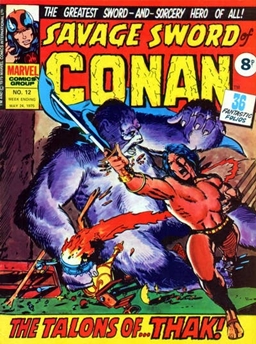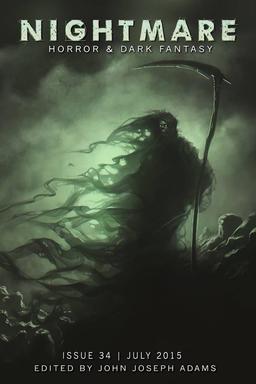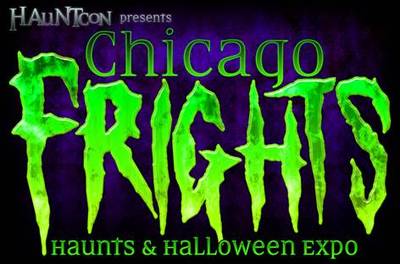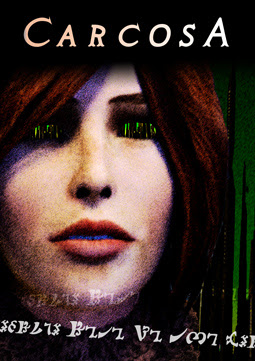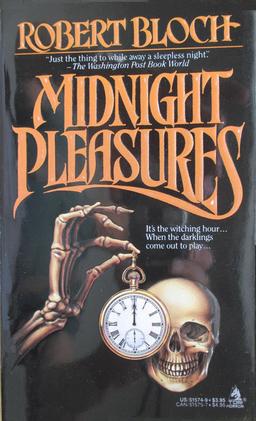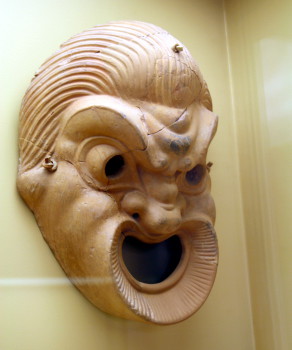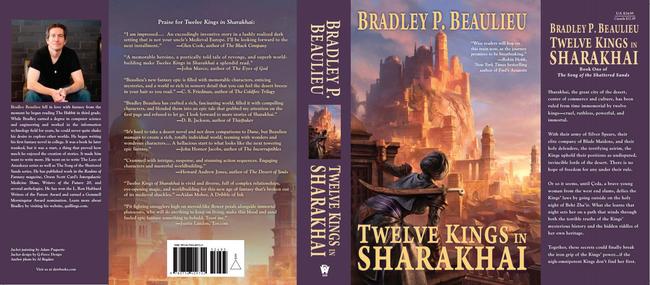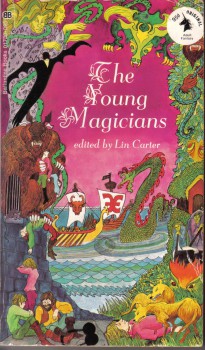New Treasures: Storm and Steel by Jon Sprunk
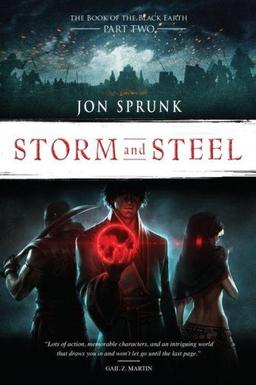 Storm and Steel, the long-awaited sequel to Blood and Iron, was published last month by Pyr. In her feature review of the first volume, Sarah Avery wrote:
Storm and Steel, the long-awaited sequel to Blood and Iron, was published last month by Pyr. In her feature review of the first volume, Sarah Avery wrote:
Of all the wild re-envisionings of the Crusades I’ve seen lately, Jon Sprunk’s Blood and Iron may be the wildest. His alternate-universe Europeans are recognizably European, but the opposing culture they face is that of a Babylonian Empire that never fell. And why has this Babylon-by-another-name persisted for thousands of years, so powerful that only its own internal strife can shake it? Because its royals actually have the supernatural powers and demi-god ancestry that the ruling class of our world’s Fertile Crescent claimed…
Jon Sprunk’s book takes the prize for strange worldbuilding. The Akeshian Empire is approximately what the Akkadian Empire might have looked like, had each of its major cities lasted as long and urbanized as complexly as Rome did. When monotheism comes to Akeshia, it arrives as a local heresy run amok, rather than as a foreign faith attracting converts. Akeshia’s gods are not kind gods; its semi-divine ruling caste are not nice people. However, when our hero comes to understand them from something closer to their own perspective, he finds much to admire and many people worth trying to save from the civil war that is beginning to take shape around him…
Blood and Iron is overall a strong book, full of powerful imagery and a vivid sense of place, with intriguing historical what-ifs and a sense of moral urgency to match its sense of moral complexity.
Jon Sprunk is also the author of the popular Shadow Saga (Shadow’s Son, Shadow’s Lure, Shadow’s Master), and expectations are running high for the second volume of his new trilogy, The Book of the Black Earth.
Storm and Steel was published by Pyr on June 2, 2015. It is 479 pages, priced at $18 in trade paperback and $11.99 for the digital edition. The cover is by Jason Chan. Learn more at Pyr Books or read our exclusive excerpt of the first novel here.
